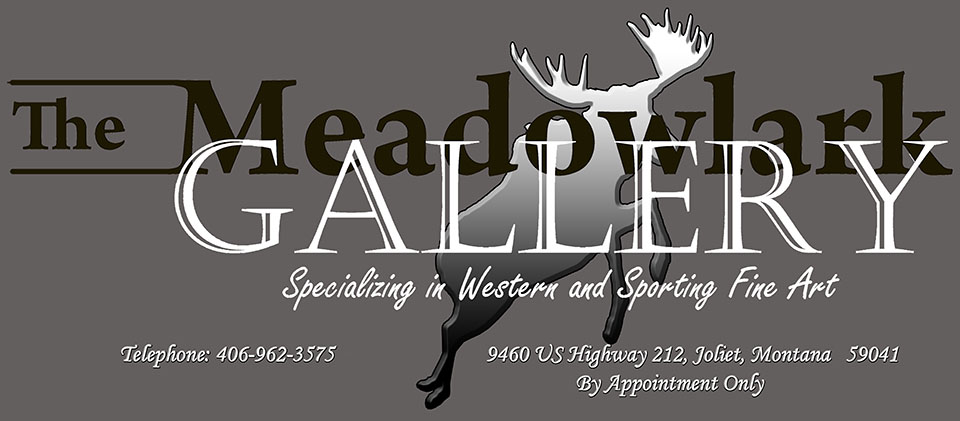|
|
||
|
James Lippit Clark
(1883-1969) |
||
Clark was born on November 18, 1883 in Providence, Rhode Island and died in 1969. A position in the designing room at The Gorham Silver Company sparked James Lippit Clark's interest in art, especially sculpture. He studied at the Rhode Island School of Design and his talent in modeling animals led him to an animal mounting position at the American Museum of Natural History. Every morning before work he sketched at the Central Park Zoo and on the weekends, at the Bronx Zoo. For two months, the museum sent Clark to learn the techniques of taxidermy with Carl Akeley in Chicago. In 1906, Clark traveled to Wyoming to study buffalo, antelope, and other wildlife in their natural environments. He also traveled throughout Europe, visiting museums and zoological parks. In 1908, he ventured to Africa with A. Radclyffe Dugmore. There, Clark took photographs for Collier's Weekly and produced the first film to record African wildlife. Upon his return to the museum fourteen months later, he mounted specimens that were brought back by museums as well as other big game hunters, such as Theodore Roosevelt. From 1923 to 1947, he took many expeditions to Africa and Asia to collect specimens. At the American Museum of Natural History in New York, Clark was responsible for mounting animals and creating dioramas for the Akeley African Hall, the Vernay Faunthorpe Hall of Asiatic mammals, and the North American Hall of Mammals. He depicted all of these animals in natural settings. Clark had great knowledge of animal bone and muscle structure as well as movements and habits, allowing him to create specimens that appear vital and natural. At the museum, Clark was trained to mount the animal skins on full-sized forms. First, he sketched the animal to be mounted and then made small models. These models were very successful on their own and were later cast in bronze. In 1933, the West Virginia Wesleyan College awarded Clark the honorary degree of Doctor of Science. He also received the Gold Medal from the Campfire Club and the Silver Buffalo Award from the Boy Scouts of America. Clark was a member of the National Sculpture Society, the New York Zoological Society, and the American Geographical Society. Sources: National Museum of Wildlife Art, Jackson, Wyoming |
||
|
View high resolution images of works by James Lippit Clark Dugmore
when available.
|
||
Have questions about these images? E-mail Meadowlark Gallery!!Home Page / Biography Library / Bronze / Collectibles / Etchings / Paintings / Pen and Ink / Graphite / Working Decoys Gallery Credentials / Firearms / Triangle Z Ranch Furniture / Customer Percs |
||
